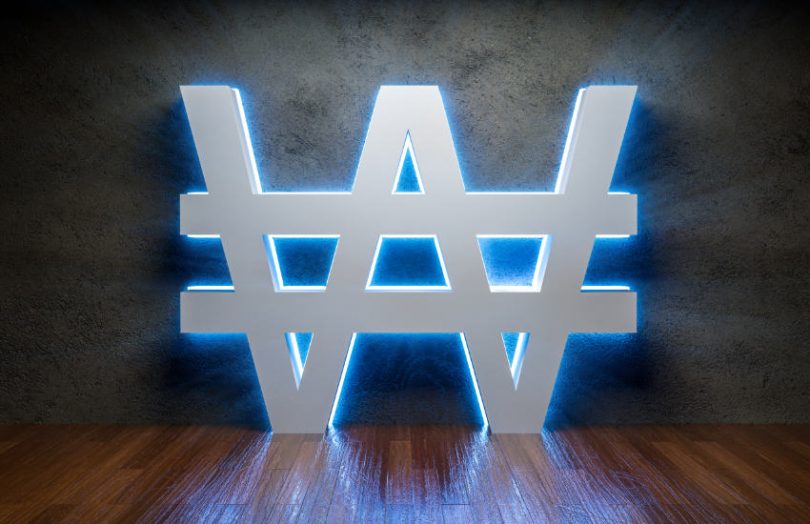Today the Bank of Korea confirmed that it completed its first digital won simulation in late December 2021. The second phase of the central bank digital currency (CBDC) simulations will finish on 22 June 2022.
Last July, the central bank selected Ground X as its technology partner for its CBDC simulations. The company is a subsidiary of Korea’s largest social network Kakao. It previously founded the Klaytn public permissioned blockchain and partnered with ConsenSys to create the permissioned blockchain used in the CBDC simulations.
The second phase of the CBDC trials explores several sets of functionality:
- offline payments where there’s no internet connection available
- the use of tokenized money to pay for digital assets (eg. artwork)
- cross border CBDC remittances.
The central bank made no mention about whether it might join one of the multiple cross border CBDC trials in progress, with two of the biggest located in Asia. These are the M-CBDC Bridge project with the central banks of Thailand, Hong Kong, China and the UAE. And Project Dunbar, which involves the central banks of Singapore, Malaysia, South Africa and Australia.
Additionally, Korea’s second trial phase will explore new technologies, including enhancing privacy (such as zero-knowledge proofs) and exploring scalability through Layer 2 technologies such as rollups that batch transactions.
After the second phase, the central bank wants to explore a more real-world environment instead of simulations. Hence, the Bank of Korea will be consulting financial institutions for their input during the first quarter of 2022 in preparation for the post-phase two work.
First phase: the CBDC basics
The first phase of Korea’s CBDC trial involved the basic functioning of a CBDC system. The central bank creates or cancels the CBDC quantities in an environment that’s not connected to the internet. It then issues the CBDC tokens against banking reserves. There’s an Ethereum compatible permissioned blockchain network in which institutions and the central bank participate. In turn, the banks interface with end-users trading bank balances for the digital currency. And the end-users make payments using mobile wallets.






